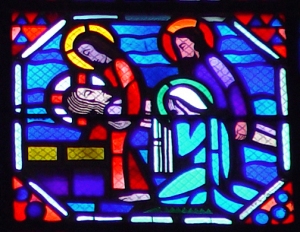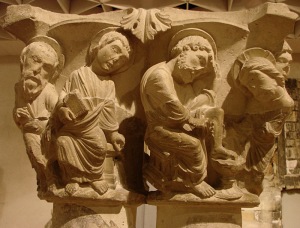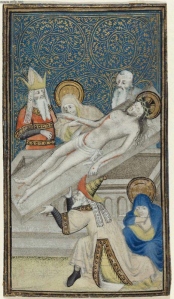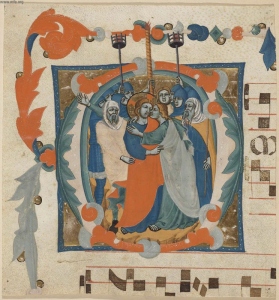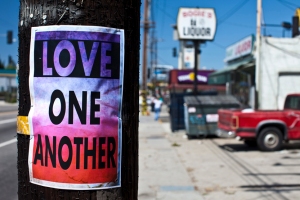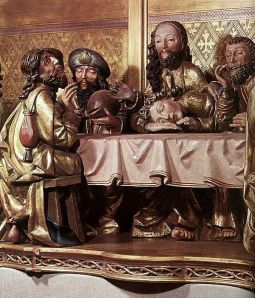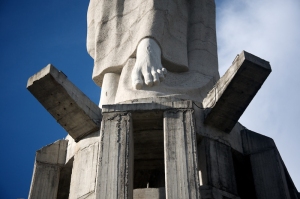This originally appeared in “News from the Pews” the Quarterly Newsletter of the Diocese of Central Pennsylvania in October 2012
It was dark. After all it was the middle of the night. To be more precise it was 2:10 AM when I heard the door to the parish office below open and shut. “Who in God’s creation is coming in at this hour,” I groused quietly to myself. Several people have keys, so I thought someone was using their access privileges. But then, I realized, I did not hear steps. You always hear steps in that hallway.
I lay absolutely still, listening. No steps. Were they in stocking feet? Were they wearing really soft sneakers? My God! What if it were an intruder? Just then I took solace that my abiding companion, Bubba, was at my side. Uncharacteristically, he slept soundly near me on the futon. “That’s odd,” I thought, “he usually notices even the slightest sound that is out of the ordinary.” And then it struck me. It might be Mrs. Heakes! Against an intruder I am well protected by my erstwhile canine, but against Mrs. Heakes, Bubba was powerless. I listened still. No footsteps. I began to get just a little scared.
What are the words? What are the words used for control of spirits? Ah, “The power of Christ compels you! The power of Christ compels you!” Just recite them over and over again if need be. That would be my defense. Mind you, I am not one prone to belief in spirits roaming the floors of old parish rectories-turned-offices. However, the eerie quiet of the night, the strange noises of a house nearly a century and a half old, and the number of stories about Mrs. Heakes got to me. It might all be true.
Mrs. Heakes was the wife of one of the dearly departed rectors of St. Mark’s Church, Lewistown. I had seen both their tombstones in the parish cemetery off Greene Avenue, and heard a number of stories, which seemed to me at the time, simply an effort to explain seemingly unexplainable events. Like the time that the glass in the display case holding the original communion ware of the parish was shattered – with nothing taken and no apparent reason for the breakage. Or the time that the Eucharistic candles lay broken on the high altar after it had been set for service the next day. Creepy noises, unattended and unlocked doors (that were never unlocked by the living), and other such phenomena were easily and often attributed to the ubiquitous Mrs. Heakes, who, as the story goes, was not well appreciated by the members of the parish. And then, she was widowed while her husband served at St. Mark’s. No children. No heirs. She remained in the town until her own death some years later. And now, she is alleged to walk the corridors of the parish. Did she come in that autumn night two years ago? Did she come to check out her husband’s “successor?” No one knows. No one knows if the opened and closed door could even be attributed to her. All I know is that Mrs. Heakes is now very much a part of my consciousness and I pray for her eternal rest each night before I retire. Since that promise was made and kept, I have not heard from her – and hope never to again!

